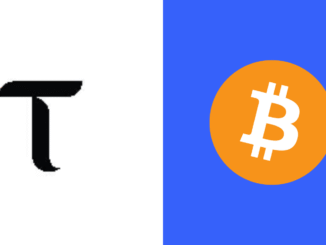
On October 20, 2025, the digital world hit a familiar snag: Amazon Web Services (AWS), the backbone for countless apps and platforms, suffered a major outage that rippled across the globe.
Triggered by a DNS resolution failure in the US-EAST-1 region, the disruption cascaded into elevated errors, latency spikes, and service throttles affecting everything from Snapchat and Reddit to Alexa and Ring.
Airlines like Delta and United reported glitches, educational tools like Canvas ground to a halt, and even financial services felt the pinch—all while AWS scrambled to flush caches and restore endpoints.
By the next day, most services had limped back to life, but the episode served as a stark reminder of our collective over-reliance on centralized cloud giants.
Yet, amid the chaos, a quieter story of endurance unfolded in the decentralized AI space. Bittensor subnets didn’t just survive; many barely noticed. Bittensor’s design disperses workloads across independent nodes (miners and validators), incentivized by the $TAO token, ensuring no single failure point like AWS’s control panel can halt operations.
During the outage, subnets like Lium, Hippius, Neural Internet, and Gradients (the latter only partially impacted) continued processing tasks seamlessly. Here’s a brief look at how each handled the AWS nightmare:
Lium (Subnet 51):
A compute-focused subnet acting as a decentralized GPU marketplace where miners contribute hardware resources for rent by the hour. AI engineers and researchers gain low-level access to GPUs for training and inference, bypassing traditional cloud bottlenecks. Its global node distribution meant the AWS disruption had zero effect, maintaining uninterrupted availability for compute-intensive tasks.
Hippius (Subnet 75):
Specializes in decentralized cloud storage, offering IPFS integration, S3-compatible buckets, and virtual machines through a network of providers. By emphasizing transparency and crypto-native incentives, it avoids single-provider risks like AWS, ensuring data redundancy across nodes. The outage left it fully operational, as its architecture localizes issues without propagating failures.
Neural Internet (Subnet 27):
Functions as a decentralized AI cloud for compute, storage, and model hosting. Miners supply GPU resources while validators enforce quality, creating a self-sustaining market. Its antifragile setup—tasks migrating automatically between nodes—kept it humming through the AWS chaos, proving ideal for AI applications needing constant uptime.
Gradients (Subnet 56):
Built for accessible AI model training, Gradients lets users upload datasets and train models easily, democratizing high-performance AI training on Bittensor’s network. While partially affected, its core operations persisted, showing robust, incentive-driven redundancy.
Bottom Line
This resilience isn’t coincidental. Bittensor’s ~128 subnets span diverse use cases—from fraud detection to compute solutions—with emissions rewarding contributors.
In contrast to AWS’s market dominance (over 30%), these subnets embody a “distributed AWS for AI,” where failures are isolated and the network self-heals.
As AI compute demands soar, incidents like this outage bolster the case for tokenized, decentralized alternatives. Bittensor’s unaffected subnets didn’t just survive; they spotlighted a future where infrastructure is unbreakable by design, drawing institutional interest and fueling growth in the $TAO ecosystem.




Be the first to comment